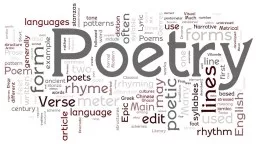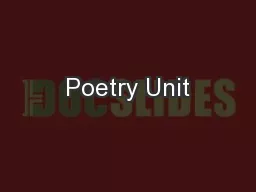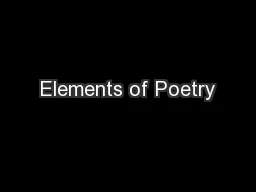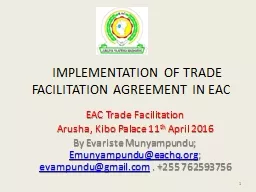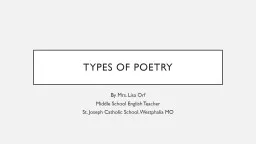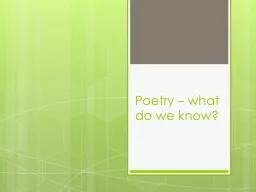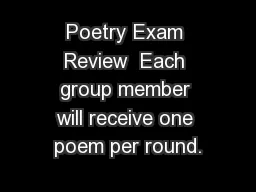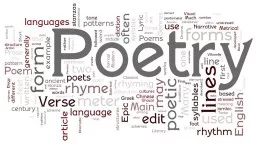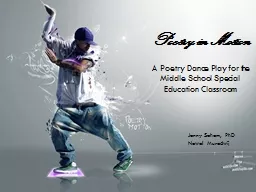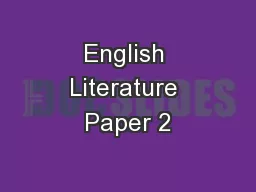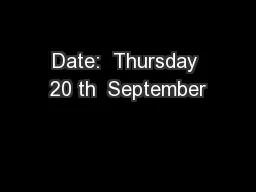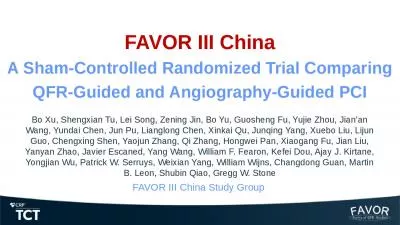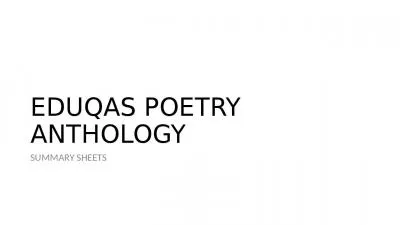PPT-Eac Each guided poetry lesson will cover a different poem from the 17 in the anthology.
Author : alida-meadow | Published Date : 2018-12-06
It is important to remember that you will NOT be allowed to take your annotated anthology in to the exam Eac Eac Poem 1 The Manhunt by Simon Armitage After the
Presentation Embed Code
Download Presentation
Download Presentation The PPT/PDF document "Eac Each guided poetry lesson will cover..." is the property of its rightful owner. Permission is granted to download and print the materials on this website for personal, non-commercial use only, and to display it on your personal computer provided you do not modify the materials and that you retain all copyright notices contained in the materials. By downloading content from our website, you accept the terms of this agreement.
Eac Each guided poetry lesson will cover a different poem from the 17 in the anthology.: Transcript
Download Rules Of Document
"Eac Each guided poetry lesson will cover a different poem from the 17 in the anthology."The content belongs to its owner. You may download and print it for personal use, without modification, and keep all copyright notices. By downloading, you agree to these terms.
Related Documents

